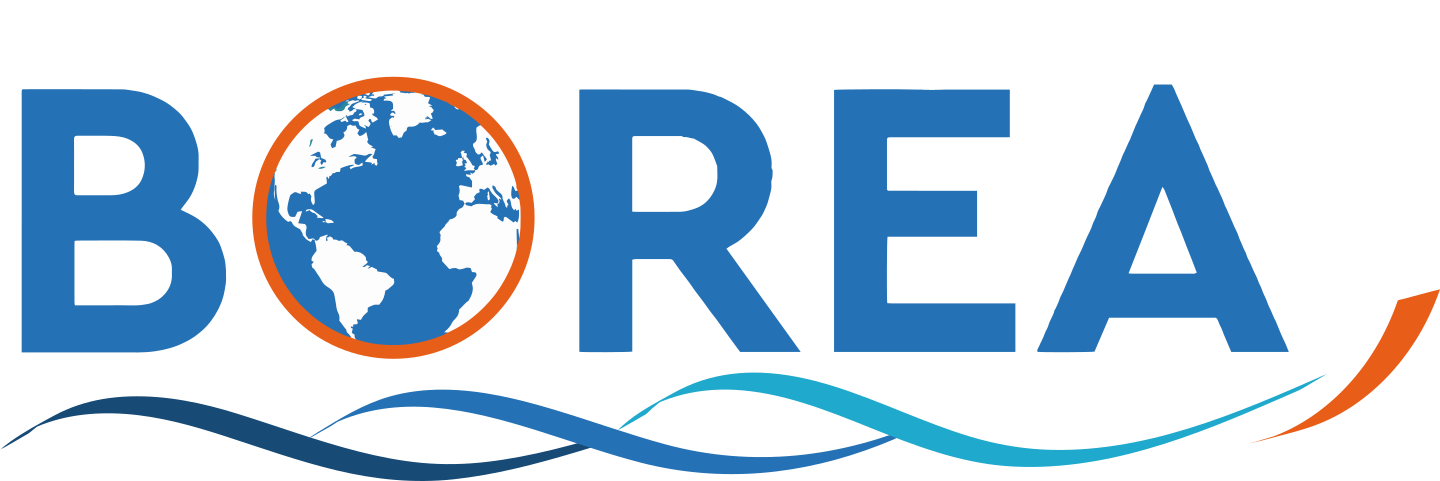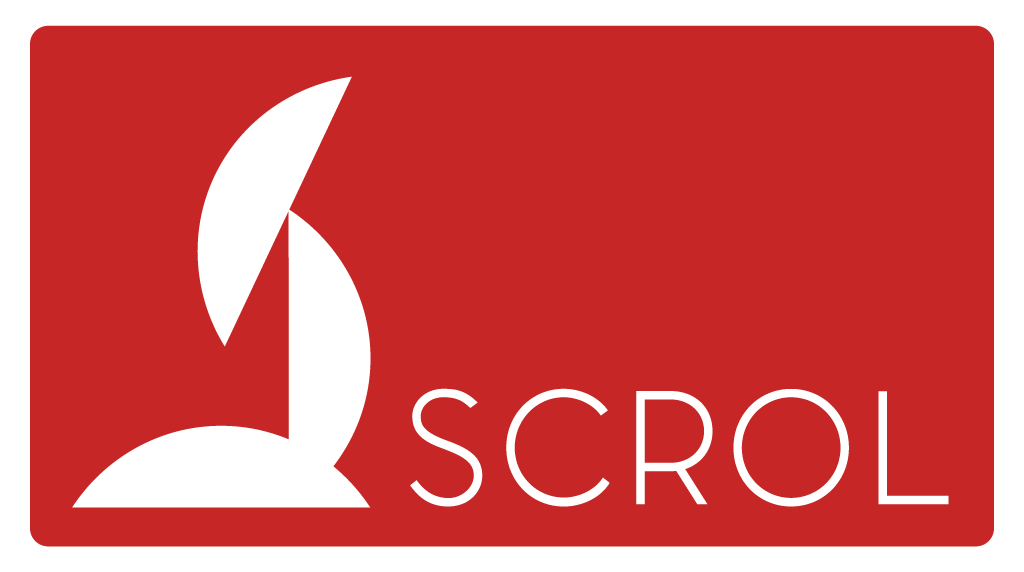Journal
Meiofauna can play an important role in the carbon fluxes of soft-bottom coastal habitats. Investigation of their feeding behavior and trophic position remains challenging due to their small size. In this study, we determine and compare the food sources used by nematodes and benthic copepods by using stable isotope compositions, fatty acid profiles and compound specific isotope analyses of fatty acids in the mudflats, seagrass beds and a sandflat of the Marennes-Oléron Bay, France, and the Sylt-Rømø Bight, Germany. Suspended particulate organic matter was much more 13C-depleted than other food sources and meiofauna, highlighting its poor role in the different studied habitats. The very low proportions of vascular plant fatty acid markers in meiofauna demonstrated that these consumers did not rely on this food source, either fresh or detrital, even in seagrass beds. The combined use of stable isotopes and fatty acids emphasized microphytobenthos and benthic bacteria as the major food sources of nematodes and benthic copepods. Compound specific analyses of a bacteria marker confirmed that bacteria mostly used microphytobenthos as a substrate. © 2019 Elsevier Ltd

